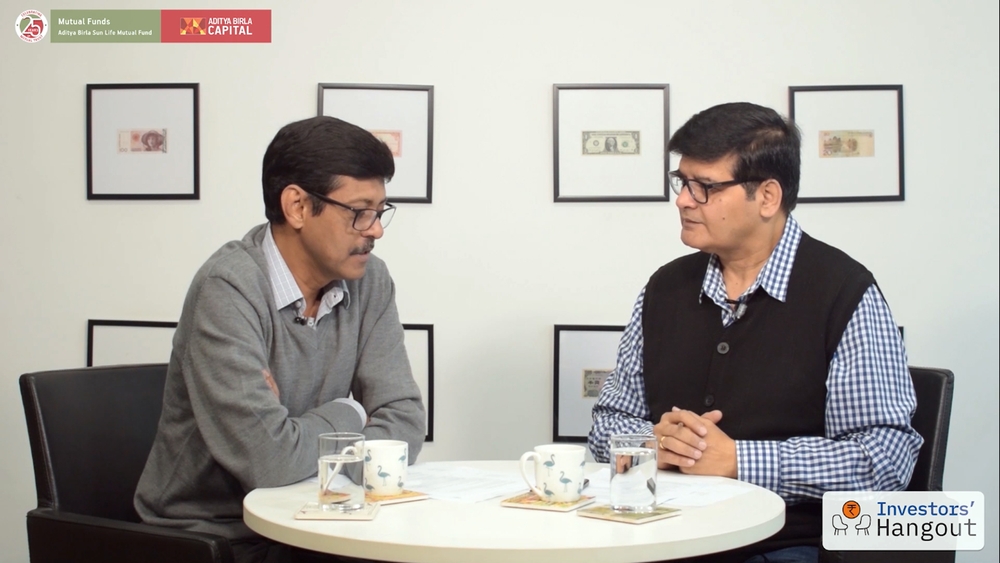
Value Research Stock Advisor has just released a new stock recommendation. You can click here to learn more about this premium service, and get immediate access to the live recommendations, plus new ones as soon as they are issued.
Consider a retired couple with investments in a number of mostly equity funds. Like most people, they have different expenses and needs. They need a particular amount every month for their household expenses; an emergency fund that can be withdrawn at short notice; a larger amount for a family-related event in three years; and finally an amount that can be used to fund their expenses well into the future as prices rise and needs change. The couple have chosen their mutual funds well, but are still uncertain about whether they are on the right track. Their needs are ordinary, and yet they are not confident if their portfolio will do the job for them.
If their predicament sounds eerily familiar, it is because most of us nurse the same fear. An overwhelming number of active investors are not sure about whether and how their investments will take care of their financial goals. Clearly, this is not a desirable place to be in, since if investing does not help us feel closer to our goals, we are doing something wrong.
So what seems to be the problem? Well, the answer is simple. We all have a long list of financial goals and investments crowding our minds, but we seldom sit with a pen and paper (or open an excel sheet) and tally them. If you want to achieve every financial goal in your life, you must first identify each one of them clearly. Next, earmark an investment specifically for each goal. This is the only reliable way to achieve every goal without fail.
The solution to the problem is then not some sophisticated analytical tool, but a simple skill that someone in your family probably already practices, or at least used to in the decades gone by. The solution is money bags - separate bags for each need.
Do you remember how an old aunt used to save money in little bags, each for a different purpose? Many of us know such women who in older times who would run her family's entire finances using this method. They would typically use little pouches with a drawstring, and every time a husband brought home his monthly salary, they would put some money in a vegetable pouch, some in the milk pouch, some in the household servant's pouch, in the dhobi pouch, and so on. There were also a few bigger pouches that were meant for bigger savings, like for a daughter's wedding. The contents of the pouch would be converted into some gold trinket or the other every few months.
While today this system may seem primitive and sub-optimal, it has a lot going for it. It was a simple system, easy to implement and easy to understand and above all, it worked. Most importantly, it incorporated one of the golden rules of personal investment management - separate portfolios for separate goals. The woman would not have been such an outstanding household manager if she had kept all the money in one big bag.
The same principle should apply to our mutual fund, stock, and other investments. While we can map our needs onto different investments, doing this the other way around is quite impractical. Some needs clash, while others have different time-frames. For example, an investment meant for short-term income needs stability, while those for the long-term nest egg call for high returns. Looking at a list of ten or more funds, with innumerable SIPs, dividends, redemptions, reinvestments, and so on, it is hard to figure out what is going on with your investments or whether the portfolio would eventually help you meet your goals. All you can do is to look at the overall value of the portfolio and get worried when it declines. In fact, it is entirely possible that your investments are on the right track if you evaluate them piecemeal according to separate goals, even if the overall picture is unclear.
This is why taking a page from our grandmothers' book can actually help us even with our complex portfolios. By listing our goals, the amount needed for them, and their time-frames, we can match appropriate instruments to them. Since we actually have targets and expectations from each investment for a certain period, we can then keep investing according to our plan, without worrying about whether we will have enough.









